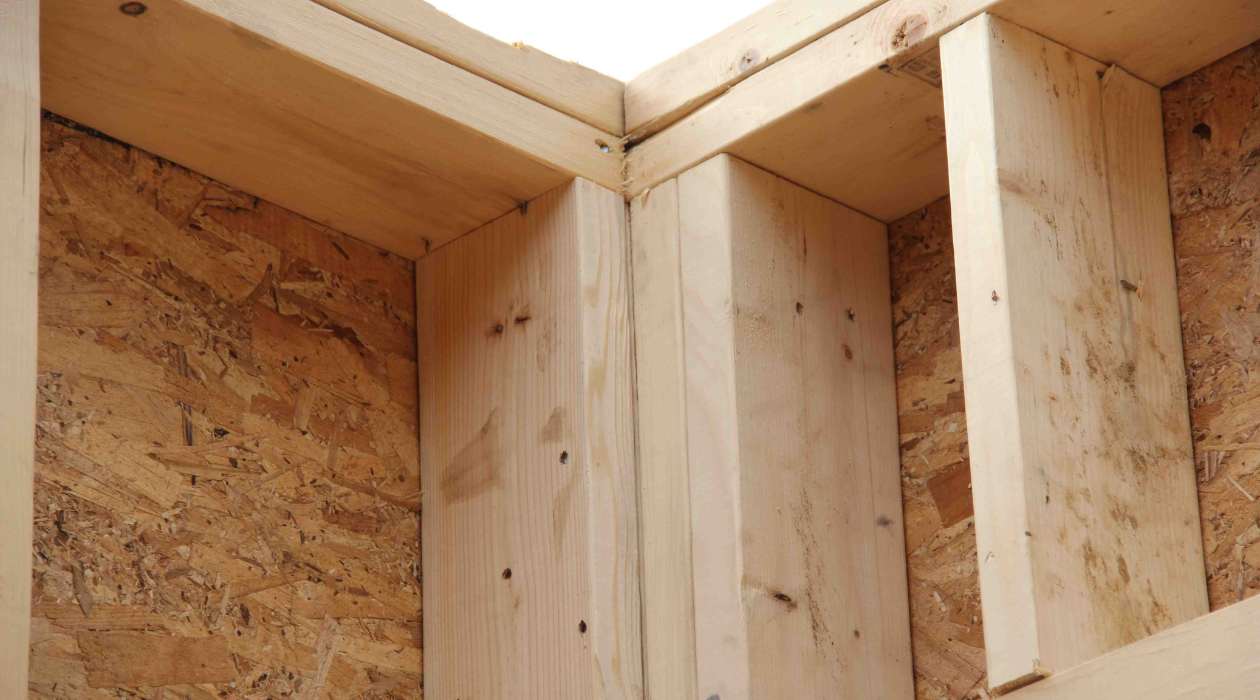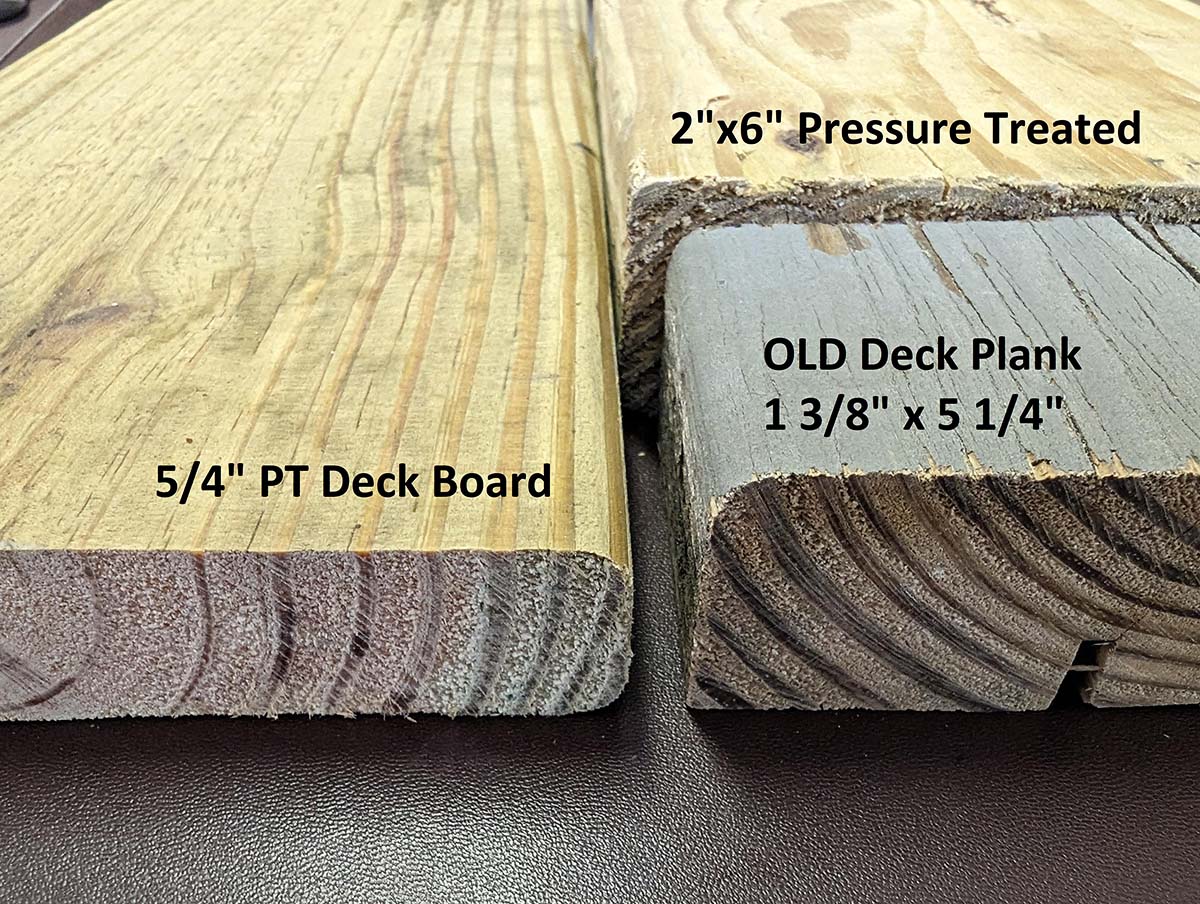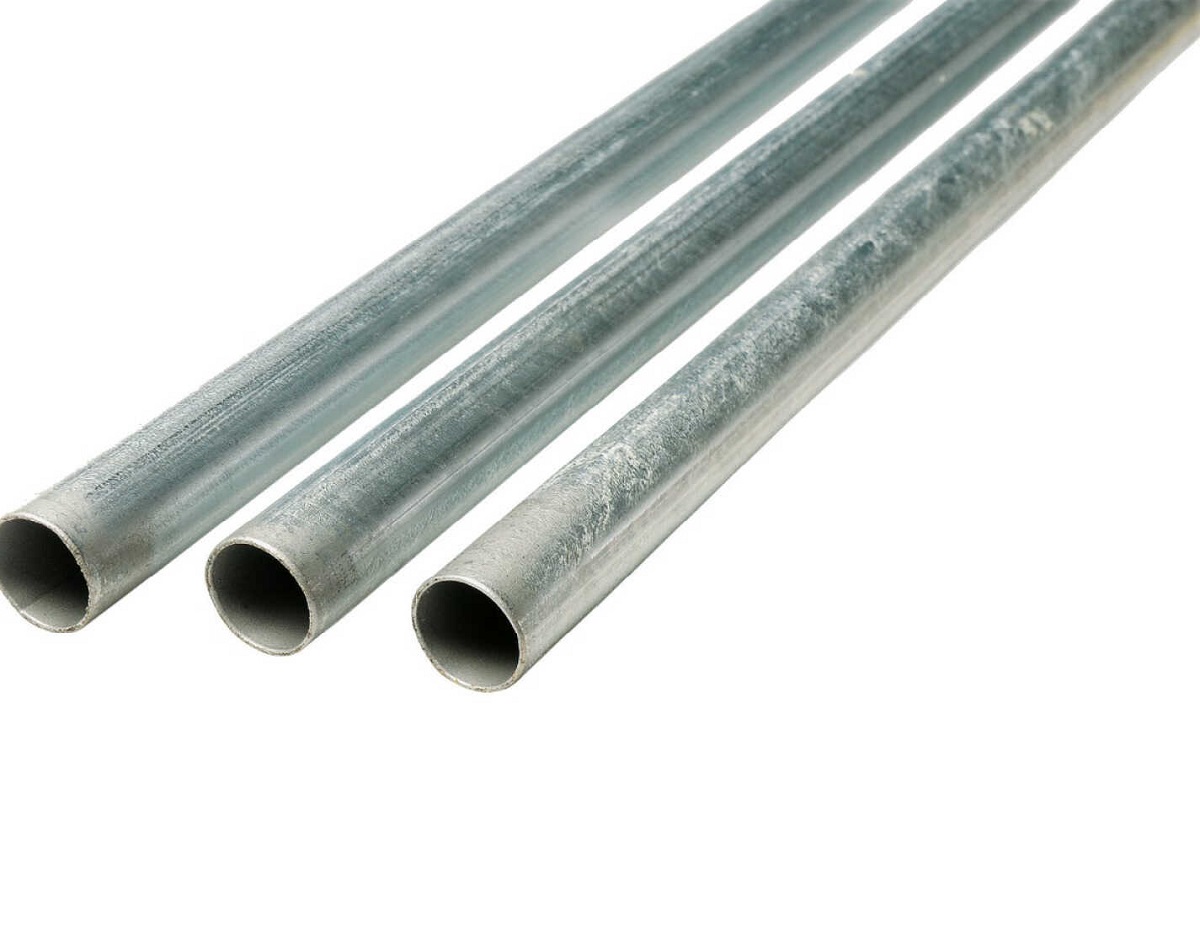Home>diy>Building & Construction>What Is The 3-4-5 Rule In Construction


Building & Construction
What Is The 3-4-5 Rule In Construction
Modified: January 8, 2024
Learn about the 3-4-5 rule in building construction; a technique widely used to ensure accurate right angles in architectural projects. Gain insights and practical tips from construction experts.
(Many of the links in this article redirect to a specific reviewed product. Your purchase of these products through affiliate links helps to generate commission for Storables.com, at no extra cost. Learn more)
Introduction
Construction projects require precise measurements and accurate calculations to ensure the integrity and stability of the structures being built. One tool that has been widely used in the construction industry is the 3-4-5 rule. This rule provides a simple and effective method for establishing right angles on a construction site. By understanding the principles and applications of the 3-4-5 rule, builders can efficiently and accurately lay out foundations, walls, and other structural elements.
The 3-4-5 rule is based on the principles of the Pythagorean theorem, which states that in a right-angled triangle, the square of the length of the hypotenuse (the side opposite the right angle) is equal to the sum of the squares of the other two sides. This fundamental mathematical concept forms the basis for many construction measurements and calculations.
In this article, we will explore what the 3-4-5 rule entails and how it is applied in construction projects. We will also discuss the advantages and limitations of using this rule, as well as important considerations to keep in mind when implementing it on a job site.
Key Takeaways:
- The 3-4-5 rule simplifies establishing right angles in construction using a straightforward method based on the Pythagorean theorem. It offers simplicity, accuracy, and versatility, contributing to efficient and cost-effective project outcomes.
- While the 3-4-5 rule is a valuable tool for ensuring accurate alignment in construction, builders must consider precision, surface conditions, scaling, and alternative methods to make informed decisions and achieve reliable results.
Read more: What Is A 3/4 Mattress
What Is the 3-4-5 Rule?
The 3-4-5 rule is a method used in construction to establish right angles and ensure accurate alignment. It is based on the Pythagorean theorem, which states that in a right-angled triangle, the square of the length of the hypotenuse is equal to the sum of the squares of the other two sides. The 3-4-5 rule simplifies this theorem by using specific measurements: a side length of 3 units, another side length of 4 units, and a hypotenuse length of 5 units.
To apply the 3-4-5 rule, builders measure three units along one axis, four units along another axis perpendicular to the first, and then measure the diagonal between these two points. If the diagonal measures exactly five units, then the corner is a right angle.
The 3-4-5 rule can be used in various construction scenarios, such as laying out foundations, establishing square corners for walls, aligning roof trusses, and ensuring precise angles for door and window frames. It serves as a reliable and straightforward method to verify perpendicularity and maintain the structural integrity of a building.
It is worth noting that the 3-4-5 rule is just one of many methods used to establish right angles in construction. Other common techniques include using the diagonal method or employing laser levels and digital angle finders. The choice of method depends on the specific requirements of the project and the available tools and resources.
Application of the 3-4-5 Rule in Construction
The 3-4-5 rule has numerous applications in the field of construction. It is a versatile and reliable tool that helps ensure accuracy in various aspects of a project. Here are some specific areas where the 3-4-5 rule is commonly utilized:
- Foundation Layout: When constructing a building, it is crucial to establish accurate right angles for the foundation. By using the 3-4-5 rule, builders can ensure that the corners of the foundation are perfectly square, providing a solid base for the entire structure.
- Wall Alignment: Properly aligned walls are essential for structural stability and aesthetic appeal. Using the 3-4-5 rule, builders can ensure that the walls are perpendicular to each other and create accurate corners, resulting in a sturdy and visually pleasing construction.
- Roof Truss Alignment: The 3-4-5 rule is also helpful in aligning roof trusses. By measuring 3 units along one edge of the truss, 4 units along the adjacent edge, and then checking if the diagonal measures 5 units, builders can verify that the truss is properly aligned and positioned.
- Door and Window Frames: Precise angles are crucial when installing door and window frames. The 3-4-5 rule can be used to ensure that the corners of the frames are at a perfect 90-degree angle, allowing for the proper installation of doors and windows.
- Tiling and Flooring: The 3-4-5 rule is also useful for tile and flooring installations. By checking the diagonal measurements of the areas where tiles or flooring will be laid, builders can ensure that the corners are aligned correctly, preventing any issues with uneven or misaligned tiles.
Overall, the 3-4-5 rule is an invaluable tool in the construction industry. It provides a quick and reliable method for establishing right angles, allowing builders to maintain precision and accuracy throughout the construction process. By implementing the 3-4-5 rule in various construction applications, builders can ensure that the final structure is well-built and meets the required standards.
The 3-4-5 rule in construction is a method for ensuring that a corner is square. Measure 3 units along one side, 4 units along the other, and the diagonal should be 5 units if the corner is square. This can be useful for ensuring accuracy when laying out foundations or framing walls.
Advantages of Using the 3-4-5 Rule
The 3-4-5 rule offers several advantages that make it a valuable tool in the construction industry. Let’s explore the benefits of using this rule:
- Simplicity: The 3-4-5 rule is easy to understand and apply. With just three measurements – 3 units, 4 units, and 5 units – builders can quickly establish right angles. Its simplicity makes it accessible to both experienced professionals and beginners in the construction field.
- Accuracy: The 3-4-5 rule provides a high level of accuracy when measuring right angles. By following the rule, builders can ensure precise alignment, resulting in structurally sound and aesthetically pleasing constructions. It minimizes the risk of errors and the need for costly adjustments or rework.
- Efficiency: The 3-4-5 rule allows builders to work efficiently by streamlining the process of establishing right angles. With a simple and straightforward method, construction projects can progress smoothly without unnecessary delays. It saves time and improves productivity on the job site.
- Versatility: The 3-4-5 rule can be applied in various construction scenarios, from laying out foundations to aligning walls, roof trusses, and door frames. Its versatility makes it a useful tool across different stages of a project, ensuring consistent accuracy throughout.
- Cost-Effectiveness: By using the 3-4-5 rule, builders can minimize mistakes and rework, ultimately saving costs. Proper alignment from the start prevents issues that may arise from inaccurate angles, which could lead to structural problems or the need to redo certain parts of the construction.
Incorporating the 3-4-5 rule into construction projects not only improves accuracy and efficiency but also contributes to the overall quality of the final result. It is a reliable and time-tested technique that professionals rely on to ensure that buildings are well-constructed and meet the required standards.
Limitations and Considerations
While the 3-4-5 rule is a valuable tool in construction, it is important to be aware of its limitations and consider certain factors when applying it. Here are some limitations and considerations to keep in mind:
- Precision of Measurement: The accuracy of the 3-4-5 rule relies on precise measurements. Even a small error in measurement can result in a significant discrepancy in the calculated right angle. It is crucial to use accurate measuring tools and techniques to ensure reliable results.
- Surface Conditions: The 3-4-5 rule assumes a flat and level surface for measurements. If the terrain or work area is uneven or sloping, it may affect the accuracy of the measurements and lead to misaligned angles. In such cases, additional adjustments or surveying methods may be necessary.
- Scaling: It is important to note that the 3-4-5 rule is based on a ratio and can be scaled up or down depending on the required measurements. However, care must be taken to maintain proportional accuracy when scaling the rule to larger or smaller dimensions.
- Alternative Methods: While the 3-4-5 rule is a reliable method, it is not the only option available for establishing right angles in construction. Depending on the project requirements and available resources, alternative methods such as laser levels, digital angle finders, or advanced surveying techniques may be more suitable.
- Complex Layouts: The 3-4-5 rule works well for simple right angle alignments. However, in cases where the layout involves more complex angles or irregular shapes, additional calculations and measurements may be required.
Builders should carefully evaluate the specific requirements of their project and consider these limitations and considerations when deciding to implement the 3-4-5 rule. By understanding its scope and potential limitations, construction professionals can make informed decisions and employ proper techniques to ensure accurate results.
Read more: What Is The 4 To 1 Rule When Using A Ladder
Conclusion
The 3-4-5 rule is a valuable tool in the construction industry for establishing right angles and ensuring accurate alignment. By simplifying the principles of the Pythagorean theorem into a straightforward measurement technique, builders can efficiently and effectively maintain the structural integrity of their projects.
Throughout this article, we have explored the applications, advantages, limitations, and considerations of using the 3-4-5 rule in construction. From laying out foundations and aligning walls to ensuring precise angles for trusses and door frames, the 3-4-5 rule offers versatility and accuracy in various construction scenarios.
The simplicity and ease of use of the 3-4-5 rule make it accessible to both experienced professionals and those new to the construction field. By applying this rule, builders can work efficiently, saving time and reducing costs by minimizing errors and the need for rework.
However, it is important to consider the precision of measurements, surface conditions, scaling, and alternative methods when implementing the 3-4-5 rule. Understanding these limitations and considerations can help builders make informed decisions and ensure accurate results, especially in complex or unique construction layouts.
In conclusion, the 3-4-5 rule remains a reliable and widely used tool in construction. It offers simplicity, accuracy, efficiency, and versatility, contributing to the overall quality and success of construction projects. By mastering the principles and applications of the 3-4-5 rule, builders can lay strong foundations, erect solid structures, and create lasting architectural marvels.
Frequently Asked Questions about What Is The 3-4-5 Rule In Construction
Was this page helpful?
At Storables.com, we guarantee accurate and reliable information. Our content, validated by Expert Board Contributors, is crafted following stringent Editorial Policies. We're committed to providing you with well-researched, expert-backed insights for all your informational needs.















0 thoughts on “What Is The 3-4-5 Rule In Construction”